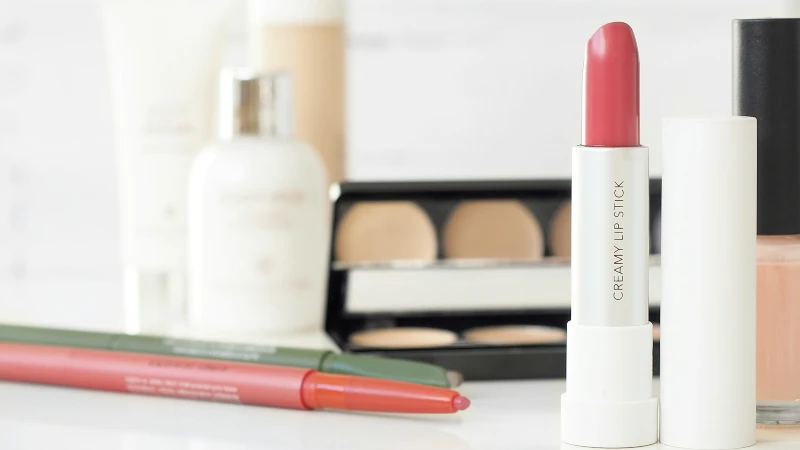You may have heard about Spin Trap, a novel skin care ingredient being included in a range of skin care treatments today. Also known as Phenyl t-Butylnitrone or PBN, it is a highly active oxygen and nitrogen complex.
What are Spin Traps?
Spin traps are compounds that have the ability to stabilize or ‘trap’ free radicals thereby reducing the negative cascade effect on other molecules. You could more technically refer to spin traps as a radical scavenger because these compounds effectively grab the free radicals and suck them in to the spin trap mass. Although there are over 25 spin traps according to the National Institute of Environmental Health Sciences, the most commonly used spin traps researched was alpha-phenyl N-tertiary-butyl nitrone (PBN), and it is this compound that has found its way into today’s skin care products.
Why are Spin traps intelligent antioxidants?
Spin trap is considered an ‘intelligent’ antioxidant because instead of destroying free radicals, it ‘traps’ them, converts them into harmless and useful oxygen and then transports them back into the respiratory cycle. They are the only antioxidants capable of differentiating between good oxygen molecules and harmful ones. Research shows that these compounds may be useful:
- As neuroprotective agents in the treatment of ischemia (restriction in blood supply) and stroke.
- In the pre-treatment of surgery, as tissue healing often involves periods of hypoxia (localised shortage of oxygen) or ischemia as the recovering tissue outgrows the vascular supply. Spin traps would be able to provide oxygen at this stage.
- In offering some form of protection against some forms of diabetes since free radicals have been implicated in pancreatic cell death and the development of insulin-dependent diabetes.
Over the past 30 years, various types of spin traps have been studied from formulations to induce hair growth, preventing gastric ulceration, reduction of liver cancer to the use as pharmaceutical agents for the administration to patients suffering from acute central nervous system oxidation. They appear to have excellent credentials to deliver value in anti-aging skin care formulations and are a useful complement to other skin anti-aging treatments. When used in skin care formulations they exhibit anti-irritant and anti-microbial properties, and have been shown to be beneficial in treating inflammatory conditions like rosacea and sunburn.
While spin trap delivers numerous benefits, it is still too early to conclusively prove that they are markedly superior as an anti-aging agent than antioxidants currently in use.




